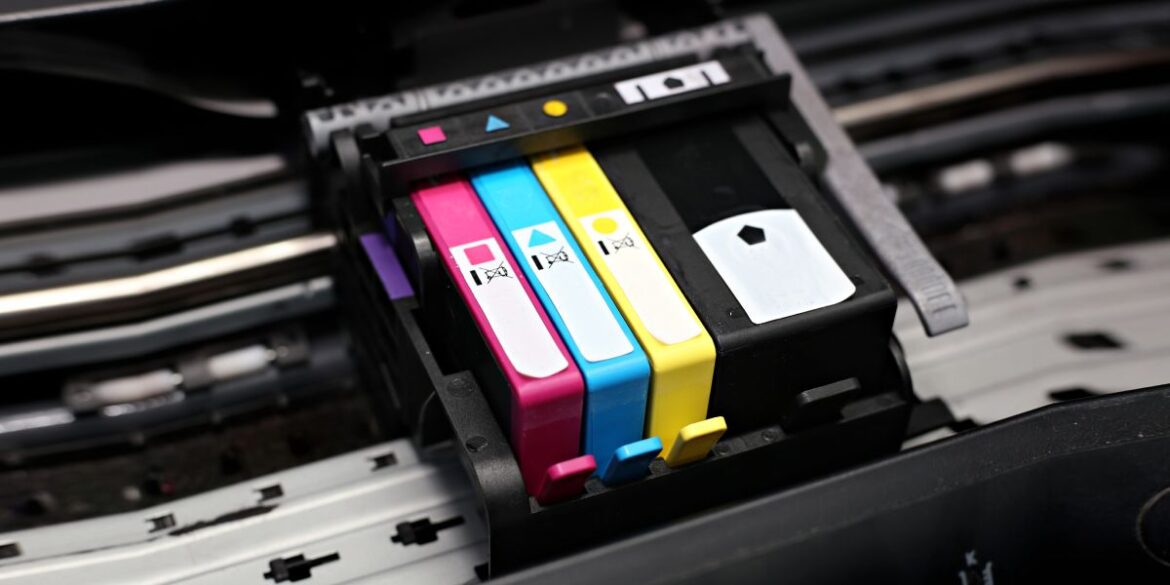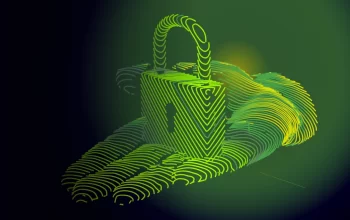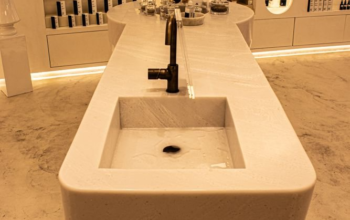DIY photocopier printers often crafted from old scanners or repurposed equipment can be an inventive and budget-friendly solution for home or small office needs. With some creativity and technical know-how, you can make your own photocopier printer. Here are some top hacks to help you get the most out of your DIY project provided by experts of photocopier repair Dubai.
Scanner to photocopier conversion:
If you’re starting with an old scanner, the first hack is to convert it into a photocopier. This typically involves attaching a light source (like an LED strip) beneath the scanner glass and mounting a camera or webcam above it to capture the scanned image. With the right software, you can then print multiple copies of the scanned image, effectively turning your scanner into a photocopier.
Use open source software:
To control your DIY photocopier, you’ll need software to manage scanning and printing. Open-source software like SANE (Scanner Access Now Easy) and Gutenprint can help you interface with your scanner and printer components effectively. These tools often have a vibrant community of users who can provide support and share tips.
Adjust image settings:
Most scanning software allows you to adjust various image settings, such as brightness, contrast, and resolution. Experiment with these settings to achieve the desired copy quality. You can often enhance or optimize the output for different types of documents or images.
DIY duplex printing:
Creating a DIY duplex (double-sided) printing feature can save paper and add functionality to your photocopier printer. This involves manually flipping the paper after one side is printed. While it may not be as convenient as an automatic duplex feature, it’s a clever way to reduce waste.
Paper types and quality:
Consider the paper you use. Different types of paper can yield varying results in terms of print quality. Experiment with different paper types, thicknesses, and finishes to find what works best for your needs.
Custom paper sizes:
Don’t limit yourself to standard paper sizes. Many DIY photocopier printer setups can accommodate custom paper sizes. This flexibility can be valuable when printing unique or unconventional documents.
Maintenance and cleaning:
Regularly clean and maintain your DIY photocopier printer. Dust and debris can affect the quality of scans and prints. Keep the scanner glass and printer components free of dirt and smudges to ensure consistent output.



